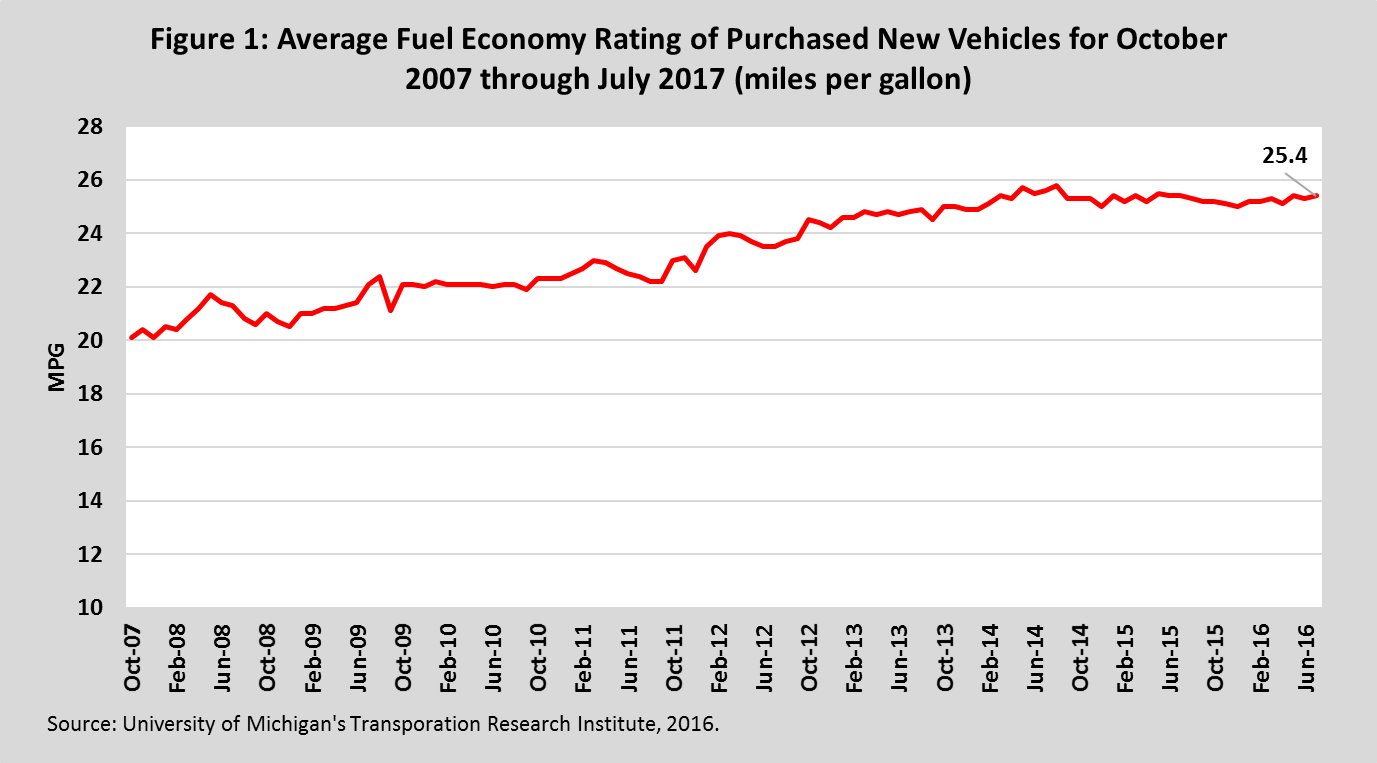Last June, I happened to read an interesting article “American Drivers Regain Appetite for Gas Guzzlers” from The New York Times. Americans have renewed their interest in bigger cars, pickup trucks, and sport utility vehicles over more fuel efficient small cars mainly due to falling gasoline prices. Later, in July, the Monthly Energy Review from the Energy Information Administration (EIA) reported that the U.S. domestic transportation sector is now the biggest producer of green-house gas (GHG) emissions exceeding the power sector. The power plants had been the largest source of GHG emission mainly due to coal-burning. Currently, transportation accounts for 32.1 percent of total U.S. GHG emissions versus 31.7 percent from the electricity sector.
According to the Environmental Protection Agency (EPA), the largest sources of GHG emissions from the transportation sector are passenger cars and light-duty trucks, including sport utility vehicles, pickup trucks, and minivans. They account for over half of the total emission from the transportation sector. The significant increase in GHG emission from transportation is largely due to increased demand for travel and the limited gains in fuel efficiency. The higher demand for travel (i.e., increase in travel miles) can be attributed to few factors such as economic growth, population growth, and low gasoline prices. Reducing travel demand is a challenging public policy strategy. But there are a variety of opportunities to reduce GHG emission from transportation by improving fuel efficiency and switching to alternative fuels such as hydrogen, electricity, and biofuels that emits less GHG than regular gasoline.

As shown in Figure 1, the current average fuel economy is 25.4 miles per gallon. The highest average was recorded in August 2014 as 25.8 miles per gallon. Since 2007, the average fuel economy increased substantially till August 2014 and then slipped back to 25.0 miles per gallon in December 2015. Again we see a slight increase up to 25.4 miles per gallon in July 2016. Overall, fuel economy has been stagnant for last two years.
In 2012, the Department of Transportation’s National Highway Traffic Safety Administration (NHTSA) and the EPA issued final rule as a national program to reduce GHG emission and improve corporate average fuel economy (CAFÉ) standards for model year 2017 through 2025 new cars and trucks. The final standard is targeted to achieve 54.5 miles per gallon fuel economy by 2025. The first phase of this national program was set for model year 2012-2016 where they projected to achieve 35.5 miles per gallon fuel economy by model year 2016. As seen in Figure 1, we are way behind so far into the first half of the year 2016 to achieve the 35.5 miles per gallon target. On July 18, 2016, NHTSA, EPA, and the California Air Resource Board completed the first step in the mid-term evaluation process for GHG emissions standards and CAFÉ standards. Please tune into our Iowa State AgMRC newsletter in September for a more detailed policy discussion on this interesting topic.

